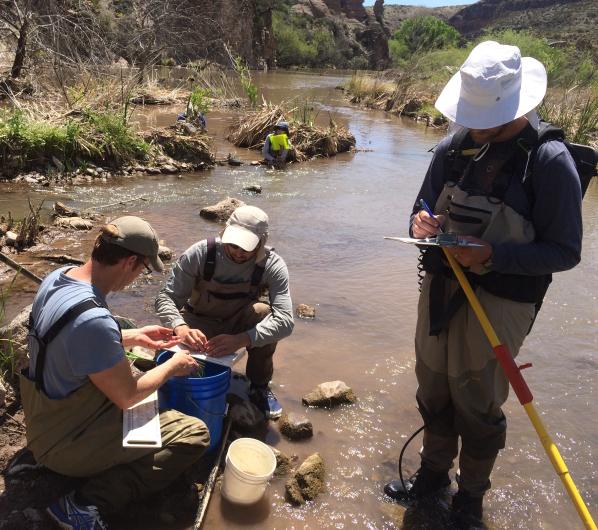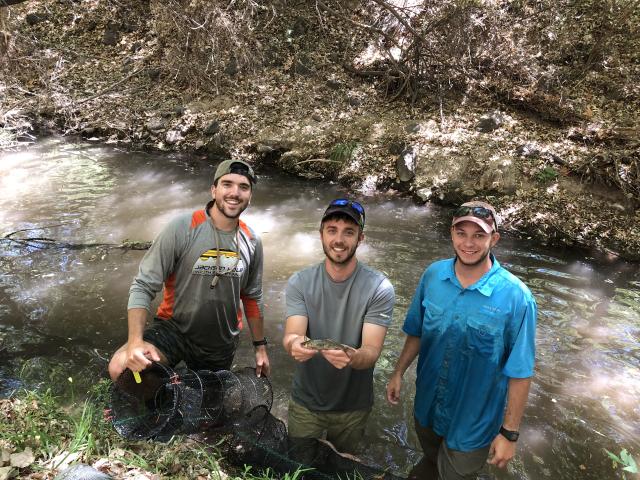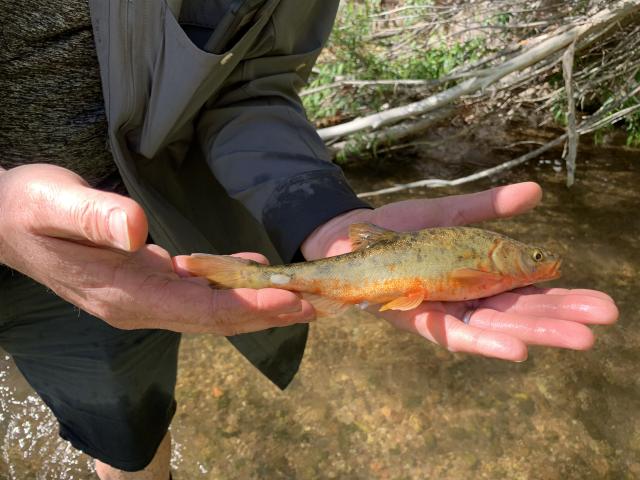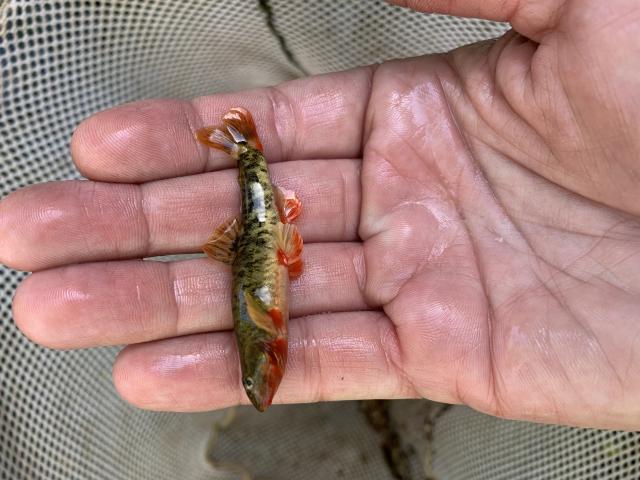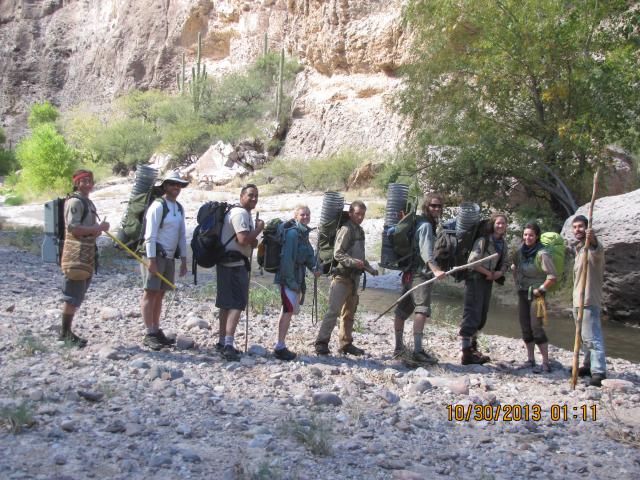Related Stories
- BLM approves protocol for grazing flexibilities, range improvements, and restoration to improve LCT habitat
- How LTVA volunteers led by passionate BLM staff keep public lands thriving
- BLM transfers fire engine to Lake Mohave Ranchos Fire Department through Rural Fire Readiness Program
- First 100 days: BLM drives energy expansion and national strength
- BLM, Cerbat Ridge Runners, and Mohave County Park Police team up for Hualapai Mountain Road cleanup
Office
711 S. 14th Avenue
Suite 100
Safford, AZ 85546
United States
Phone:
Email:

